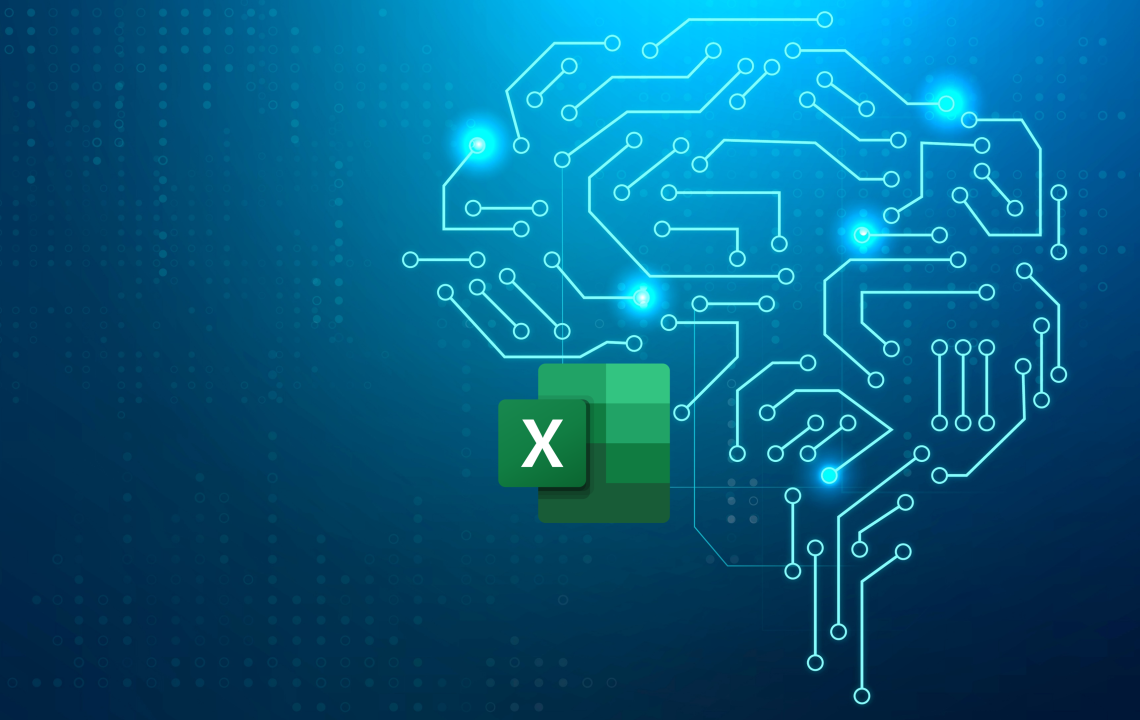
How AI Will Continue to Revolutionize Excel and Data Analysis
September 8, 2024
How to Build a WordPress Plugin for Facebook Open Graph
September 14, 2024As artificial intelligence (AI) continues to advance at a rapid pace, its potential applications in data analysis and management are becoming increasingly sophisticated. Microsoft Excel, a cornerstone tool for data professionals, is poised to benefit greatly from these emerging AI technologies. This article explores the latest AI innovations and their potential integration into Excel, highlighting how these advancements could transform how we use this ubiquitous spreadsheet software.
Introduction
Excel has long been a powerful tool for managing and analyzing data. With the advent of AI, its capabilities are expanding beyond traditional functions to incorporate advanced technologies that enhance data analysis, streamline workflows, and provide deeper insights. Understanding these emerging AI technologies and their integration into Excel can help users leverage new tools and techniques to improve their data-driven decision-making processes.
Key Emerging AI Technologies
1. Natural Language Processing (NLP)
NLP allows computers to understand and interact with human language. In the context of Excel, NLP can facilitate more intuitive data interactions. Users can ask questions in plain language, and AI can translate these queries into actionable data insights.
- Example: Instead of crafting complex formulas, users could simply type, “Show me the top-performing sales regions this year,” and receive an immediate, data-driven answer.
2. Machine Learning and Predictive Analytics
Machine learning algorithms analyze historical data to predict future trends. Integrating these algorithms into Excel can significantly enhance predictive analytics capabilities, making it easier to forecast trends and outcomes based on past data.
- Example: Excel could use machine learning to predict future sales based on historical trends, seasonal patterns, and external factors, helping businesses plan more effectively.
3. Automated Data Cleaning and Preparation
AI technologies can automate the tedious process of data cleaning and preparation. Advanced algorithms can identify and correct errors, fill in missing values, and standardize data formats, thus streamlining the data preparation process.
- Example: AI can automatically detect and rectify inconsistencies in data entries, such as correcting date formats or removing duplicate entries, saving time and reducing errors.
4. Intelligent Data Visualization
AI can enhance data visualization by recommending the most effective ways to present data. Based on the data type and analysis needs, AI can suggest appropriate charts and graphs, making it easier to communicate insights clearly.
- Example: If analyzing sales data, AI might suggest using a line graph to track performance over time or a pie chart to show market share distribution.
5. Real-Time Data Analysis
AI enables real-time data processing and analysis, allowing users to gain insights as data is updated. This capability is particularly useful for monitoring dynamic data sets and responding promptly to changes.
- Example: AI can provide real-time alerts on stock market fluctuations or inventory levels, helping users make timely decisions.
Integration of AI Technologies into Excel
1. AI Add-Ins and Tools
Microsoft and third-party developers are creating AI add-ins and tools for Excel that integrate these emerging technologies. These add-ins enhance Excel’s capabilities by adding advanced features such as predictive analytics, NLP, and automated data cleaning.
- How to Access: Users can find AI add-ins for Excel through the Microsoft Office Store or other reputable sources. Many of these tools offer free versions or trials, allowing users to explore their functionalities.
2. AI Integration in Excel 365
Excel 365 is increasingly incorporating AI features directly into the software. Users can access these features without needing additional add-ins, making it easier to leverage AI technologies for everyday tasks.
- Example: Excel 365’s built-in AI tools include features like Ideas, which automatically analyzes data and suggests visualizations and insights.
3. Free AI Resources for Excel
For those looking to integrate AI into Excel without incurring additional costs, there are several free resources available. These include free AI add-ins, online courses, and community forums where users can learn how to use AI in Excel effectively.
- How to Use: Explore free AI add-ins and tools available for download, participate in Excel with AI courses, and access community resources to enhance your understanding of AI applications in Excel.
Practical Applications and Examples
1. Enhancing Business Analytics
AI can transform business analytics by providing advanced insights and recommendations based on data analysis. Users can leverage AI-powered tools to identify trends, forecast future performance, and make data-driven decisions.
- Example: A company can use AI to analyze customer feedback and sales data to develop targeted marketing strategies and improve customer satisfaction.
2. Streamlining Financial Reporting
AI technologies can automate and enhance financial reporting processes. By integrating AI into Excel, users can generate accurate reports, perform complex calculations, and ensure data consistency more efficiently.
- Example: AI can assist in generating financial statements, performing variance analysis, and detecting anomalies in financial data.
The integration of emerging AI technologies into Excel is set to revolutionize how we manage and analyze data. By leveraging advancements such as NLP, machine learning, and real-time data processing, users can enhance their data analysis capabilities, streamline workflows, and gain deeper insights. Exploring and adopting these AI technologies can significantly improve data-driven decision-making and operational efficiency in various fields.




